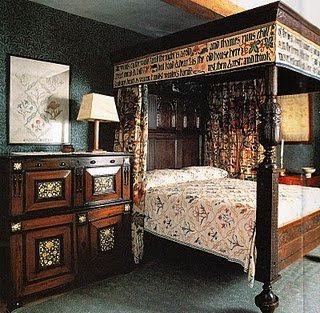
Wikipedia oddly doesn't mention May:
John Quinn met May Morris in 1909, and a romantic relationship between them
began almost immediately. However, by ·1911 - when Quinn took a long trip to
Europe with Augustus John to visit friends, attend to some legal business, and buy
art- the romance had lost its lustre for him. May remained very much in love though,
and tried to continue the affair, not completely giving up on Quinn until 1917.
http://www.morrissociety.org/publications/JWMS/AU96.12.1.Londraville.pdf
and there is a book of correspondence
On Poetry, Painting, and Politics: The Letters of May Morris and John Quinn, ed.
Janis Londraville
John Quinn (1870–1924) was a second generation Irish-American corporate lawyer in New York, who for a time was an important patron of major figures of post-impressionism and literary modernism, and collector in particular of original manuscripts.
He was a supporter of the Irish nationalist cause and associated with figures such as John Devoy and Roger Casement, though he worked for British Intelligence services before, during and after World War I. In this role he acted as case officer for, among others,
Aleister Crowley who was an agent provocateur posing as an Irish nationalist in order to infiltrate anti-British groups of Irish and Germans in the United States.
He was good friends with Maud Gonne, the muse of W B Yeats and a fascinating woman.
















